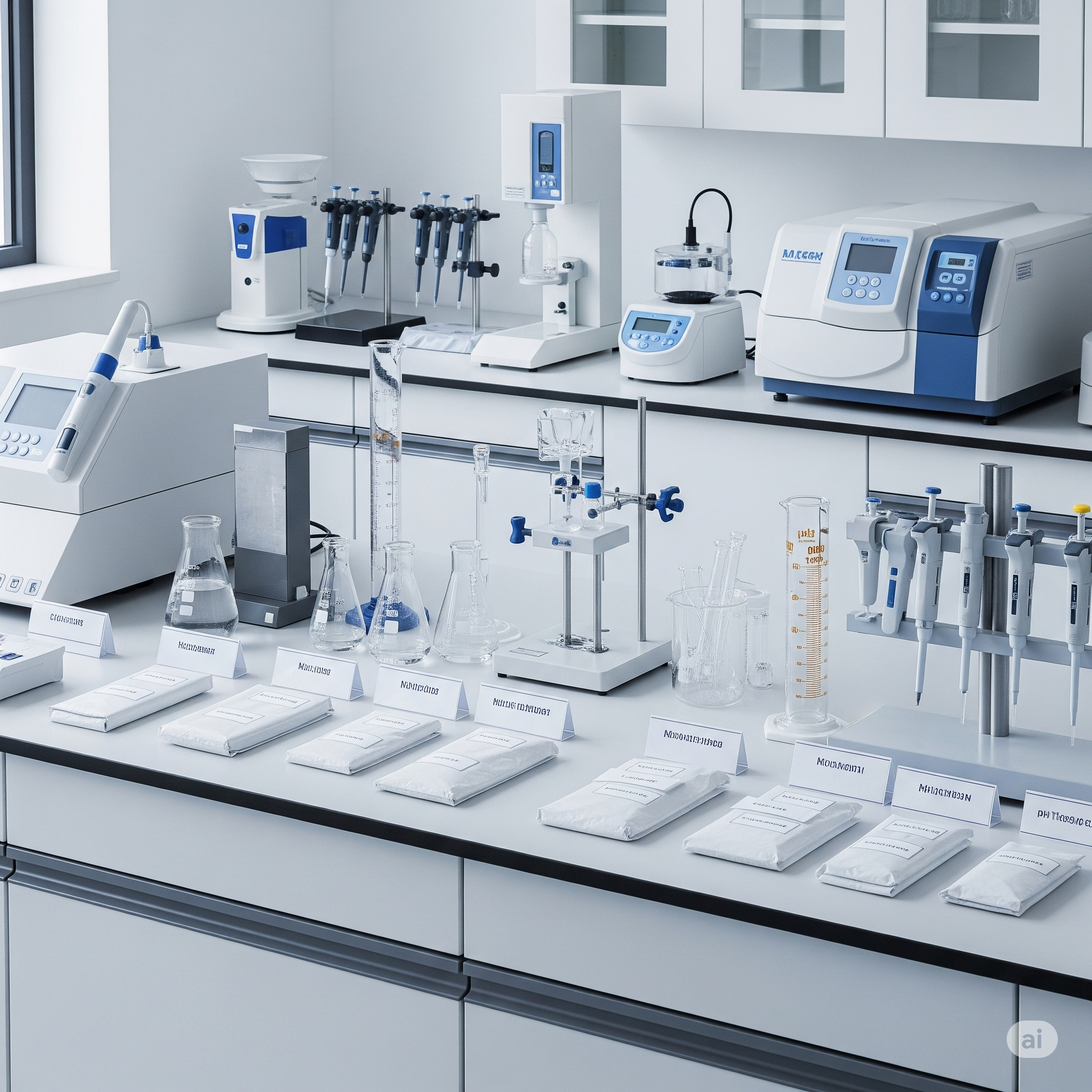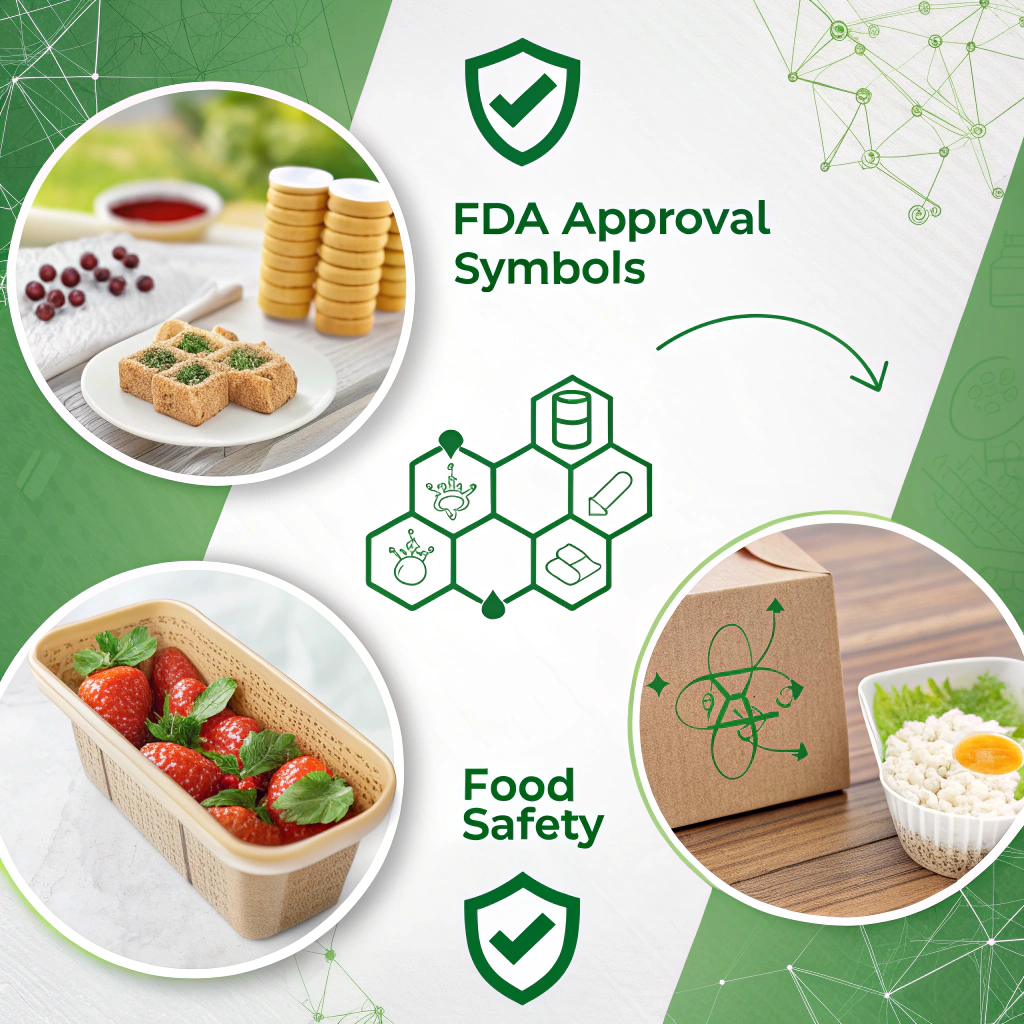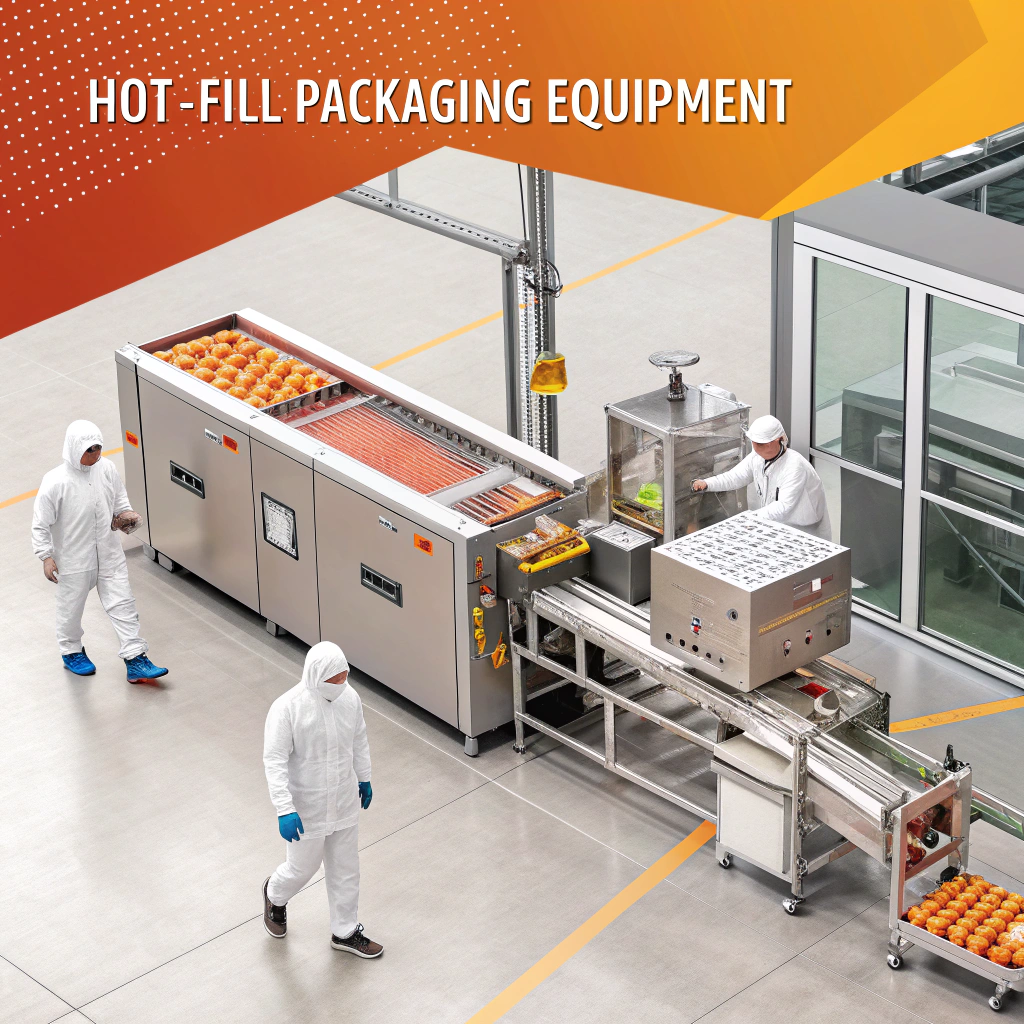Material Compatibility Guide: Chemical Interactions and Food Safety
Understanding material compatibility is fundamental to safe packaging design, particularly when dealing with food products. Chemical interactions between packaging materials and contents can compromise product safety, shelf life, and regulatory compliance. This comprehensive guide explores critical compatibility considerations for packaging professionals.

Laboratory testing ensures packaging materials meet strict compatibility and safety standards before commercial use.
Chemical Migration Fundamentals
Chemical migration occurs when substances transfer from packaging materials into food products. This process depends on temperature, storage time, contact surface area, and the chemical nature of both materials. Migration can involve plasticizers, adhesives, inks, or polymer additives that potentially affect food safety.
The migration rate follows Fick’s laws of diffusion, where molecular size, temperature, and concentration gradients determine transfer rates. Understanding these principles helps packaging engineers select appropriate materials and predict long-term compatibility performance.
FDA-Approved Material Classifications
The FDA maintains comprehensive lists of food-contact substances (FCS) that meet safety requirements. Generally Recognized as Safe (GRAS) materials provide the foundation for food packaging applications. These include polyethylene, polypropylene, polyethylene terephthalate, and specific grades of polystyrene.

FDA-approved packaging materials undergo rigorous testing to ensure they meet food safety standards and chemical compatibility requirements.
Each material classification specifies permitted uses, temperature limits, and contact duration restrictions. Manufacturers must verify that their specific formulations comply with FDA regulations, as additive packages can affect approval status.
Common Chemical Interaction Scenarios
Acidic foods present unique challenges due to their ability to accelerate chemical migration. Tomato-based products, citrus items, and vinegar-containing foods require careful material selection to prevent aluminum corrosion or polymer degradation. pH levels below 4.6 typically necessitate specialized barrier coatings or acid-resistant materials.
Fatty foods pose different compatibility concerns as lipophilic substances can extract fat-soluble additives from packaging materials. Oils and high-fat dairy products require materials with low extractable content and appropriate barrier properties to prevent rancidity and off-flavor development.
Alcoholic beverages demand materials resistant to alcohol extraction and flavor absorption. Ethanol’s solvent properties can mobilize packaging components, requiring specialized testing protocols and material selection criteria.
Temperature Compatibility Considerations
Processing temperatures significantly impact material compatibility. Hot-fill applications expose packaging to temperatures up to 190°F, requiring materials with appropriate thermal stability and low migration potential at elevated temperatures. Retort processing at 250°F demands even more stringent material selection.

High-temperature processing requires specialized packaging materials that maintain compatibility and safety under extreme thermal conditions.
Frozen storage presents different challenges, including material brittleness and potential cracking that could compromise barrier properties. Materials must maintain flexibility and integrity across wide temperature ranges without affecting food safety.
Testing Protocols and Standards
Migration testing follows standardized protocols including ASTM and FDA guidelines. These tests simulate real-world storage conditions using food simulants that represent different food categories. Simulants include water, ethanol solutions, acetic acid, and oil to replicate various food matrices.
Accelerated testing at elevated temperatures provides faster results while maintaining correlation with actual storage conditions. Time-temperature relationships help predict long-term compatibility without extended real-time studies.
Regulatory Compliance Framework
European regulations (EU 10/2011) establish specific migration limits and testing requirements that often exceed FDA standards. Global manufacturers must navigate multiple regulatory frameworks, requiring comprehensive testing programs and documentation systems.
Compliance documentation must include material specifications, migration data, intended use conditions, and supplier certifications. This documentation supports regulatory submissions and customer audits while ensuring consistent safety standards.
Best Practices for Material Selection
Successful material selection begins with comprehensive product characterization including pH, fat content, alcohol percentage, and processing conditions. This information guides initial material screening and testing protocol development.
Supplier partnerships prove crucial for maintaining compliance as formulation changes or new regulations emerge. Established suppliers provide technical support, regulatory updates, and testing services that support ongoing compliance efforts.
Regular monitoring programs track material performance throughout product lifecycle, identifying potential compatibility issues before they affect consumer safety or product quality. This proactive approach ensures continued compliance and optimal product protection.
Material compatibility represents a critical intersection of food science, chemistry, and regulatory compliance that demands ongoing attention and expertise for successful packaging development.
At Imperial Paper, we help businesses of all sizes design packaging that protects, performs, and delights. From sturdy shipping boxes to branded unboxing experiences, we’ve got you covered.
📞 Talk to our team or explore our eco-friendly, customizable packaging solutions today.
Need smaller quantities or more personalized packaging options? Visit our partner site BestBoxStore.com—perfect for boutique brands, creative campaigns, and custom low-volume orders.
